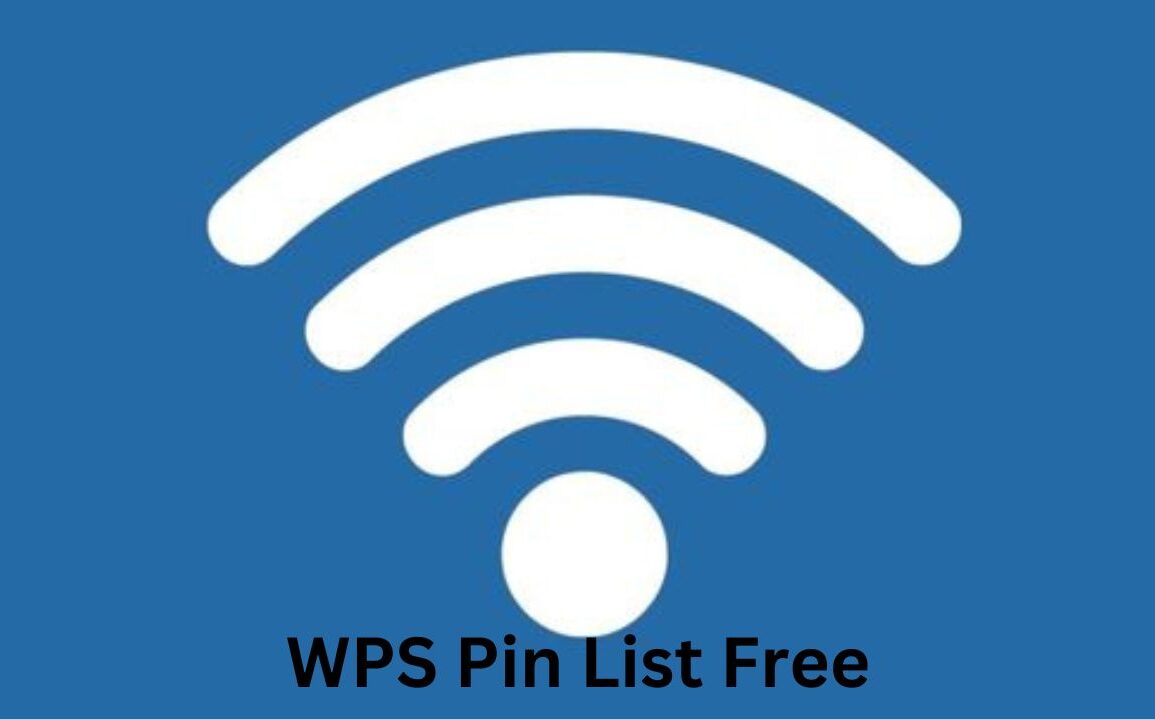Introduction To WPS Pin List Free
In our increasingly connected world, accessing Wi-Fi networks is essential for staying online. Wi-Fi Protected Setup (WPS) is designed to simplify connecting to wireless networks while ensuring security. This guide explores how you can use a WPS pin list to effortlessly unlock Wi-Fi networks and enhance your connectivity. We’ll cover the basics of WPS, how to use WPS pins, and the ethical considerations of accessing Wi-Fi networks.
Understanding WPS
Before diving into using WPS pins, it’s important to understand what WPS is and how it works.
What is WPS?
Definition and Purpose
Wi-Fi Protected Setup (WPS) is a network security standard that simplifies connecting devices to a Wi-Fi network. It allows users to connect without manually entering a lengthy password.
How WPS Works
WPS can be used in two main ways: the push-button method or the WPS pin method. For the push-button method, you press a button on the router and on the device you want to connect. For the pin method, a WPS pin is entered to establish a connection.
Using WPS Pins to Unlock Wi-Fi Networks
WPS pins offer a convenient way to access Wi-Fi networks, especially when the password isn’t readily available. Here’s how to effectively use WPS pins.
What is a WPS Pin?
Definition
A WPS pin is an eight-digit code used to securely connect to a Wi-Fi network. This pin is either generated by the router or found on a sticker attached to the router.
Purpose
The WPS pin provides an easy and secure way to connect devices to the Wi-Fi network without needing the network password.
How to Use a WPS Pin
Step-by-Step Guide
- Find the WPS Pin: Look for the WPS pin on the sticker attached to the router or generate a new pin through the router’s configuration page.
- Enable WPS on the Router: Access your router’s settings and ensure that WPS is enabled.
- Connect Your Device: Go to the Wi-Fi settings on your device and select the WPS pin entry option.
- Enter the WPS Pin: Enter the eight-digit WPS pin when prompted. Your device should automatically connect to the Wi-Fi network.
Free WPS Pin Lists
There are various online resources that provide free WPS pin lists, useful for connecting to multiple networks or if the original pin is lost.
Sources for WPS Pin Lists
Online Databases
Several websites and forums offer free WPS pin lists compiled from common router models and default settings. These lists can help you find the WPS pin for a specific router.
Router Manuals
Router manuals often include default WPS pins for various models. Checking the manual for your specific router model can help you find the default pin.
Using WPS Pin Lists Safely
While WPS pin lists can be helpful, it’s important to use them responsibly and ethically.
Ethical Considerations
Respect Privacy
Always seek permission before attempting to connect to someone else’s Wi-Fi network. Unauthorized access is not only unethical but also illegal.
Use for Personal Networks
Use WPS pin lists for personal or authorized networks. This ensures you stay within legal boundaries and maintain a respectful approach to internet connectivity.
Risks of Using WPS
Despite its convenience, using WPS comes with certain risks that users should be aware of.
Security Vulnerabilities
Brute Force Attacks
WPS pins are susceptible to brute force attacks, where hackers try numerous pin combinations to gain unauthorized access. This vulnerability can compromise the security of your Wi-Fi network.
Disabling WPS
To mitigate the risks, consider disabling WPS on your router once you have connected your devices. This adds an extra layer of security and prevents potential unauthorized access.
Alternative Methods for Secure Wi-Fi Access
Besides using WPS pins, there are other secure methods to access Wi-Fi networks.
Manual Password Entry
Strong Passwords
Creating a strong, unique password for your Wi-Fi network enhances security. Ensure your password includes a mix of letters, numbers, and special characters.
Password Management Tools
Using password management tools can help you store and manage complex passwords securely. These tools can generate strong passwords and keep them safe for easy access when needed.
Guest Networks
Separate Networks
Setting up a guest network allows visitors to access your Wi-Fi without compromising the security of your main network. Guest networks have separate passwords and limited access to network resources.
Temporary Access
You can also provide temporary access to your Wi-Fi network by generating temporary passwords or codes that expire after a certain period. This ensures that only trusted individuals have access to your network.
Conclusion
Using a WPS pin list can be a convenient way to unlock Wi-Fi networks and stay connected. However, it’s crucial to approach this method responsibly, ensuring you respect privacy and maintain network security. By understanding how WPS works, using pins ethically, and exploring alternative methods for secure Wi-Fi access, you can enhance your connectivity while safeguarding your network. Embrace these tips to unlock the full potential of your Wi-Fi connections safely and effectively.
FAQs
What is a WPS pin and how does it work?
A WPS pin is an eight-digit code used to connect devices to a Wi-Fi network securely. It simplifies the connection process by allowing users to enter the pin instead of the network password.
Where can I find the WPS pin for my router?
The WPS pin is usually found on a sticker attached to your router or in the router’s manual. You can also generate a new pin through the router’s configuration page.
Is it safe to use WPS pins from online lists?
Using WPS pins from online lists can be risky as they may expose your network to security vulnerabilities. Always use these pins responsibly and ensure you have permission to access the network.
What should I do if I can’t find the WPS pin for my router?
If you can’t find the WPS pin, try accessing the router’s configuration page to generate a new pin. Refer to the router’s manual for specific instructions.
How can I secure my Wi-Fi network if I disable WPS?
To secure your network, use strong, unique passwords and consider setting up a guest network for visitors. Regularly update your router’s firmware and use password management tools to keep your passwords secure.
Are there alternatives to using WPS for connecting devices?
Yes, alternatives include manually entering the Wi-Fi password, using password management tools, and setting up guest networks for secure and temporary access.








